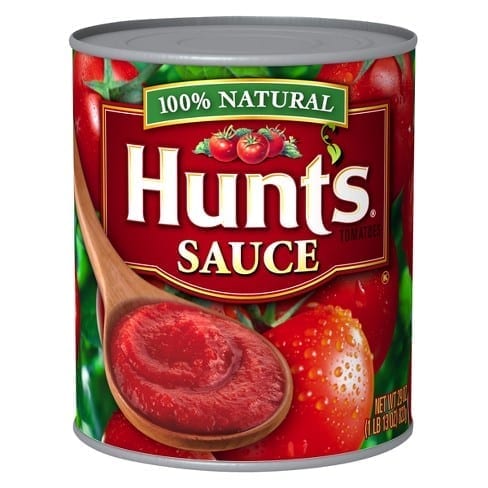
Spatial Requirements: Regular classroom setup: little or no space required
Activity Type: Object lesson or movement/group
Grades: 3-12
Group Size: 8-10
Time: 5 – 7 minutes
Introduction: People wear different labels around different people. We may wear one label with friends, another with adults, another around authority figures, and still another with work associates. Despite the variety of behaviors we exhibit around others, there is a constant set of positive characteristics and inner core values that define who we really are. These are not always seen beneath our many labels. This activity will teach students how to let the “real me” be seen.
Materials:
- 1 larger can with a label on it (we recommend something that would stain or cause a mess, such as a large can of inexpensive tomato sauce), or 1 small soup-sized can per student
- 1 safe edge can opener (These can usually be purchased at Wal-Mart, Target, or online.)
- Super glue
- Picture of a can: 1 per student (These can be found at the link above.)
- 1 large bag of candy (Starbursts or Dove chocolates work well)
- Pencils
- Whiteboard and markers
Activity:
Using a safe edge can opener, cut the bottom off the can. (Safe edge can openers will make the lid easily re-attachable.) Empty it of its contents and clean it. When it is dry, fill the can with candy, packing it tightly so the can won’t rattle and give away the surprise. Use super glue to reattach the bottom of the can.
Show the can and ask, “What does this label tell us about this can?” (It tells what is inside: You may want to point out ingredients, nutritional facts, any pictures, etc.)
Ask students the following processing questions:
1. What would happen if we walked into a grocery store and it was filled with cans that didn’t have labels?
2. Why might it be important to have labels for something like a can?
3. When you first meet someone, you usually form an impression about them. You may be asking yourself, “Who is this person? What are they like?” Maybe you associate them with someone you know or a certain group or stereotype, so you categorize them. This is labeling. Have you ever gotten to know someone after forming a first impression and realized that they were different than the label you first gave them?
Have one of the students open the can. Technique is important in this step. You may need to do a little acting. Make sure to hold the can flat while they turn the can opener for you. Once they complete it, thank them and have them sit down. Remove the can opener and pretend like the lid is stuck. As you strain to pop the lid off, spill the contents onto a nearby student. The reaction should be one of shock or surprise.
Point out that with people, sometimes what we see on the outside (our first impressions) is not the same as what is really on the inside.
Give each student a piece of paper with a picture of a can on it. Provide them with markers, crayons, or anything else to color with. Have them create a label for themselves that represents all the negative labels that they have been given. Allow them to spend five to ten minutes working on this. Once they have put some effort into it, have them all bring their paper to you and instruct them to rip the papers up and throw them in the garbage.
Now give them a new piece of paper with a picture of a can on it. This time, instruct them to create a new label that represents what is really inside. That label should answer, “What do you like about yourself? What do others like about you? What are your strengths, goals, and dreams?” If they are having a hard time thinking of themselves in a positive way, you may want to break them up into small groups and have each student write something positive on the other students’ cans. This could be a positive trait or something else positive they have observed about that person.
Once they have completed the assignment, instruct them to put that picture of a can someplace where they will see it every day, like their locker or bedroom. This will remind them to live up to their positive attributes and strengths.
Variation: You may want to give each student their own can filled with candy that they can use to surprise someone else. Instead of distributing pictures of cans, you would use pre-cut pieces of paper that would fit on the can as a new label. You would complete the activity above on the can. We have found this to be a very powerful object lesson and something that they will usually hold onto.
Processing the Experience:
- Was it easy to think of negative labels that you have been given? Why?
- Was it hard for you to think of positive labels for yourself? Why?
- How can you change the way people label you from something that is negative to something that is positive?
- How will focusing on our strengths affect the way people label us?